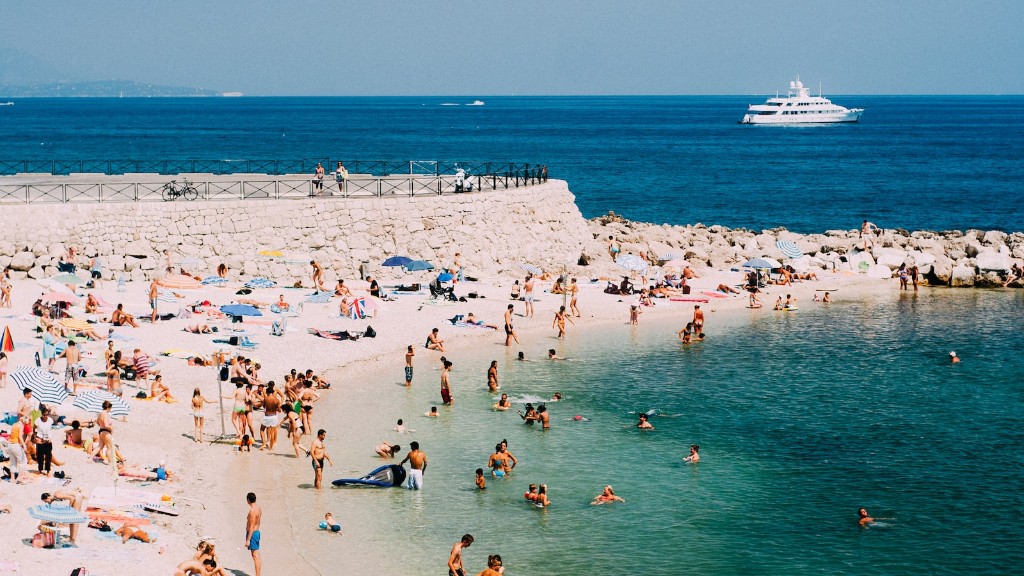When we think of taking a trip to France, many of us are overcome by a sense of awe and excitement at the prospect of discovering such a culturally rich and vast country. But with such a diverse and sprawling geography, many potential travelers can quickly feel overwhelmed by the thought of getting around. While there are a variety of transportation options, such as relying on France’s comprehensive rail network or taking a combination of car hires and buses, opting to take on France’s roads in your own vehicle is a great way to explore in depth.
Preparing to travel by car in France is the first step in this journey, as travelers can begin to look over their available route options, consider necessary paperwork, and check for any national or regional driving regulations that might be in effect. For most countries, an International Driving Permit (IDP) is necessary, and France is no exception. Additionally, parking regulations throughout France may be different than those found in other countries and in some cities, petrol stations may require an automated payment system, rather than manual transactions. To avoid any major confusion or issues with transportation, it’s always best to do a bit of research and read up on what the requirements might be.
Exploring France by car can provide the traveler with a unique and rewarding experience. From the rolling hills of Champagne and Burgundy regions to the gothic cathedrals and châteaux of Le Pays de la Loire, the sights and attractions are endless. For many visitors, taking in the remarkable lush countryside of Provence and the majesty of the majestic French Riviera is an experience that they will never forget. As travelers venture through France’s wine-growing regions and ancient cities, they can easily get lost in the history and beauty of the culture. But, if travelers want to really take in the sights, they should remember to take regular breaks, as driving long distances can lead to fatigue and increase the risk of an accident.
Separately, driving in France can provide travelers with a unique opportunity to explore the countryside and get up close and personal with some of its hidden gems. With the constant sight of vineyards, sunflower fields, and charming villages, the best way to really appreciate the region is to pack a bag and take some time to enjoy the sights and sounds of rural France. To take advantage of this opportunity, it’s best to purchase local Michelin maps to plot out the course of your travels as well as to ensure that you don’t get lost along the way.
While car travel in France can be an exciting and enriching experience, it can also be dangerous due to the high number of visitors who are unfamiliar with the road system and unfamiliar with traffic rules. Accidents are all too common, and although the majority of crashes are minor, serious injury and loss of life can result. To ensure a safe journey when driving in France, make sure to always stay within the speed limit, observe all road signs, and keep an eye out for pedestrians and bicyclists. Additionally, make sure to plan ahead and organize your route in advance to ensure that you get to your destination as quickly and safely as possible.
Overall, traveling by car in France has many positive aspects, including the ability to explore hidden gems, take in the sights, and really appreciate the culture and history of the region. However, it is also important to remember that driving in foreign countries can be dangerous, and it is essential to be aware of the risks and take the necessary precautions. While the prospect of a road trip is always exciting, travelers should be prepared for the unexpected and enjoy the journey.

